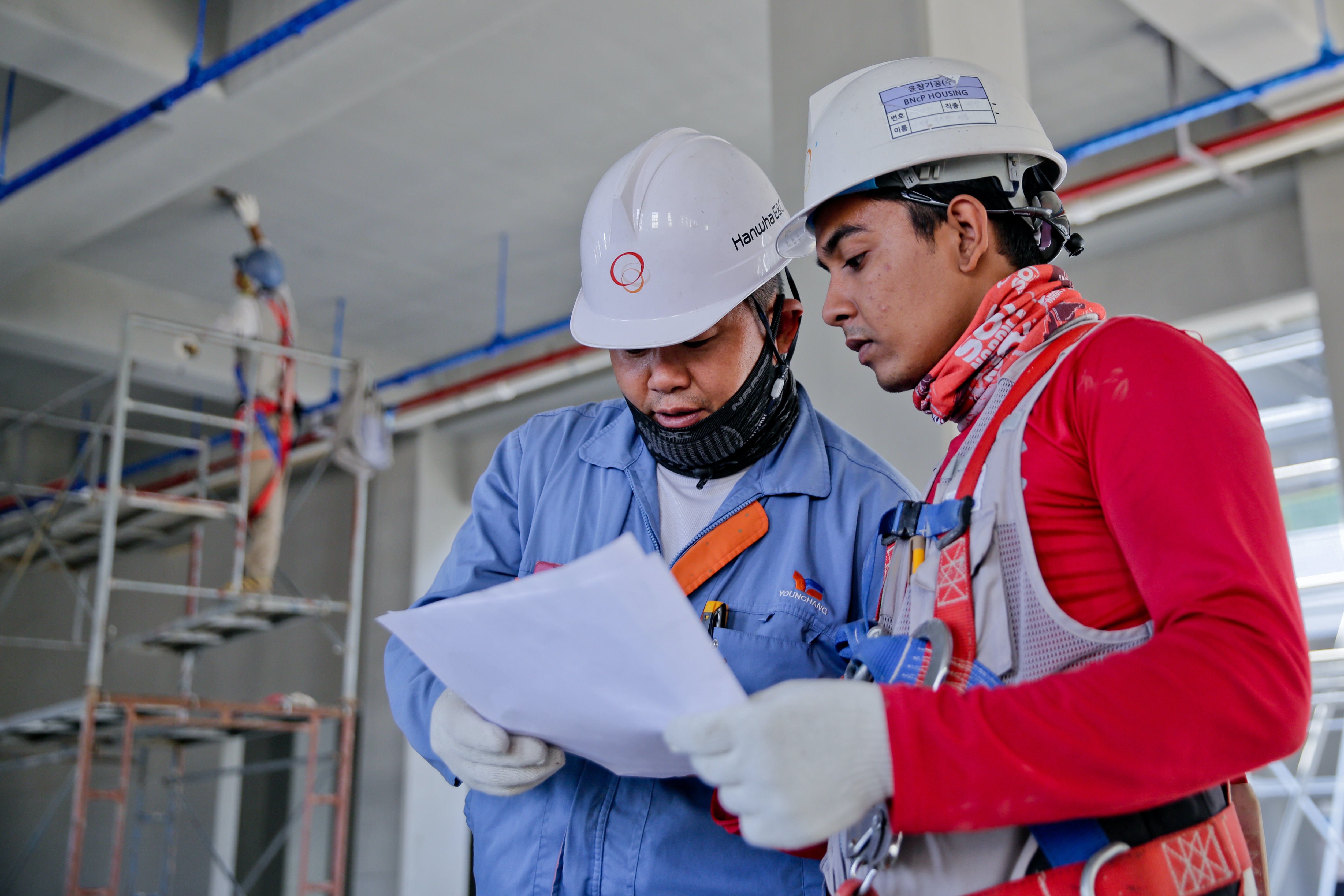In the pharmaceutical industry, safety audits are critical for ensuring the quality of products and processes. A safety audit is a systematic assessment of occupational health and safety compliance in an organization. Audits identify any potential risks and determine if the organization is compliant with relevant laws and regulations. The goal of the audit is to evaluate the effectiveness of the organization's existing health and safety program and identify areas for improvement.
Why Conduct a Safety Audit?
Safety audits can help pharmaceutical companies ensure that their products, processes, and procedures meet standards set by both internal regulations as well as external requirements such as Occupational Safety and Health Administration (OSHA) or Good Manufacturing Practices (GMP). Audits provide an objective review of safety performance that can help reduce legal liability, increase employee morale, improve product quality, and minimize production costs. A successful audit should also increase customer confidence in the company’s products and services.
How to Conduct a Safety Audit?
The specifics of conducting a safety audit will vary depending on individual business needs, but some key steps remain consistent across organizations. First, establish clear objectives for the audit so it can be tailored to address problem areas within your organization. Then select qualified personnel to conduct the audit who have knowledge about specific hazards associated with your work environments such as ergonomics or chemical handling requirements. During the actual audit process, assess whether existing policies are adequate for minimizing risks and whether employees are adhering to those policies correctly. Finally, create an action plan for addressing any deficiencies identified during the audit process so you can take steps toward improving safety conditions in your workplace.
A successful safety audit requires careful planning and execution from start to finish. By taking proactive measures to ensure that all aspects of your workplace comply with safety regulations—from product design to employee practices—you can protect both your company’s reputation as well as its employees’ well-being while ensuring top-notch product quality at all times. With this information in mind, you’re now ready to get started on conducting an effective safety audit!






